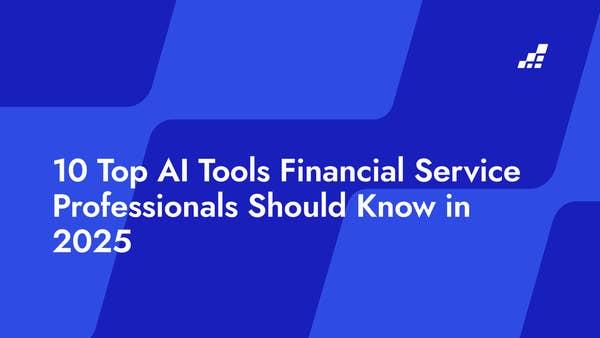- /
- Blog
8 Compliance Challenges Banks Will Face in 2025

As we slowly move towards 2025, banks continue to face a complex regulatory landscape, with compliance challenges growing as quickly as digital banking itself.
With tougher regulations and new technological innovations, staying compliant has never been more important—or more complicated. But banks are stepping up to the plate with proactive strategies to meet these challenges head-on.
Let’s take a look at the biggest compliance hurdles banks will face in 2025 and how they're going to overcome them.
1. Navigating ESG Reporting Requirements
Sustainability will still be the hot topic in 2025, with regulators and investors demanding even more transparency around environmental, social, and governance (ESG) practices. Regulations like the EU’s Corporate Sustainability Reporting Directive (CSRD) are tightening, and banks must find ways to stay compliant while continuing to innovate.
Solution: Banks are investing in technology to streamline ESG disclosures and stay ahead of shifting regulations, ensuring they meet new reporting standards and maintain stakeholder trust.
2. Managing Data Privacy and Cybersecurity Risks
Solution: To keep ahead of these threats, banks are implementing cutting-edge encryption technologies, conducting regular security audits, and focusing on continuous employee training. This multi-layered approach helps minimize the risk of breaches and ensures compliance with evolving privacy laws.
How DataSnipper Helps: DataSnipper automates the review of large datasets and ensures that sensitive information is handled correctly. By tracking every piece of data back to its source and streamlining audits, DataSnipper helps banks ensure that data privacy protocols are consistently followed, reducing the likelihood of human error.
3. Strengthening Anti-Money Laundering (AML) and Counter-Terrorism Financing (CTF) Compliance
The pressure to comply with global anti-money laundering (AML) and counter-terrorism financing (CTF) regulations will still be high in 2025. Banks are being required to use more sophisticated tools to identify and monitor suspicious activity, making real-time detection essential.
Solution: Many banks are turning to AI-driven analytics and machine learning to help them automatically flag suspicious transactions, reducing manual effort and boosting accuracy. This allows them to stay compliant while enhancing efficiency.
4. Adapting to Regulatory Changes in Digital Banking
As digital banking keeps evolving, the regulations surrounding it continue to change. From open banking to the treatment of digital assets, banks need to stay agile to ensure they remain compliant without stifling innovation.
Solution: By implementing automated compliance tools and running regular audits, banks can quickly adapt to new regulations in the digital space, ensuring they stay on top of requirements and keep their offerings cutting-edge.
5. Ensuring Compliance with Consumer Protection Regulations
Solution: Enhancing compliance protocols to ensure transparency and fairness, and using analytics to identify potential risks, can help banks maintain a strong consumer trust factor.
6. Implementing AI and Automation in Compliance
While AI holds tremendous potential for streamlining compliance, its rapid adoption brings its own set of challenges—especially when it comes to ensuring transparency and avoiding biases. Banks need to be vigilant in ensuring their AI systems are working correctly and comply with emerging regulations on AI use.
Solution: Instituting regular reviews of AI systems and focusing on transparency can help banks safely and responsibly integrate AI into compliance functions.
7. Building Operational Resilience and Crisis Preparedness
As the world faces more frequent disruptions—whether cyberattacks, natural disasters, or other crises—banks are expected to have robust operational resilience plans in place. Operational resilience is a key regulatory focus for 2025, and banks must be prepared for anything.
Solution: Regular scenario testing and resilience planning can strengthen a bank’s crisis response, ensuring it meets regulatory standards while safeguarding customer trust.
8. Adapting to Changing Tax Compliance Requirements
As tax laws continue to evolve, especially in the digital space, banks must stay ahead of new regulations. With cross-border payments and digital transactions becoming more common, keeping up with these tax changes is crucial to avoid penalties.
Solution: Investing in tax compliance software and having a team of dedicated tax professionals will help banks keep pace with new regulations and reduce the risk of costly mistakes.
The Path Forward: How Banks Can Stay Compliant in 2024
Compliance in 2025 will be more complex than ever, but banks can rise to the challenge. By investing in technology, regularly training employees, and cultivating a culture of compliance, banks can not only meet the demands of the evolving regulatory environment but turn those challenges into opportunities for growth.
With the right tools, like AI-powered solutions, banks can confidently navigate the compliance landscape and build resilience for the future.

